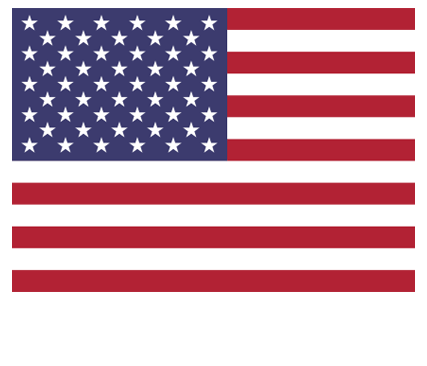Getting to Know Forming And Molding
In the manufacturing process of plastic, two common techniques are often used to form the plastic into a desired shape: molding and forming, or thermoforming. Each process requires the manipulation of molten plastic, followed by a setting period. Each technique offers unique features and benefits, making them ideal for specific applications.
What’s the Difference?
Several key differences separate plastic molding and thermoforming. Each process can accommodate different production volumes. Plastic injection molding is generally used for large, high-volume production runs, while thermoforming is used for smaller quantities. Another variable is the molding process produces finished pieces, while thermoforming often requires secondary finishing processes.
Injection molding can accommodate difficult geometries and tight tolerances, making it great for creating smaller, intricate, and complex parts. Conversely, thermoforming accommodates simpler geometries and larger tolerances, which works well for larger parts with more basic designs.
Molding can be used for a wide variety of plastics, whereas thermoforming is more limited in terms of what types of materials can be worked.
Thermoforming
Simply defined, thermoforming is the process of applying a heated plastic sheet to the surface of a mold. Common types of thermoforming are vacuum forming and pressure forming. Depending on the scope of a project, thermoforming offers several distinct advantages:
- Lower tooling costs
- Speedy product development
- Ample color and texture options
- Adaptable and easy to adjust
- Good choice for small production quantities
Molding
Injection molding and related processes require significant upfront engineering to create detailed molds. Molds made from stainless steel or aluminum are injected with molten liquid polymers at very high pressure, and later cooled to create a final plastic product. Advantages of molding include detailed tooling and mold options, precise processing for large product volumes, and efficient material use.
Types of Molding
Casting: A basic molding process. Plastic is heated to a fluid state and then transferred into a mold to cool.
Injection Molding: Used to create three-dimensional products. Plastic is melted in a hopper and the injected into a chilled mold.
Blow Molding: Plastic is heated until molten and then injected into a cold mold. Air is blown into the plastic to form it around the mold.
Compression Molding: Molten plastic is poured into a mold and a second mold squeezes the plastic into the desired shape.
Which Process is Best?
For some industries and applications, both processes may be used to manufacture plastic parts. Many industries select a specific method based on project need. To determine which process is best for you, carefully assess your project’s characteristics and requirements.



